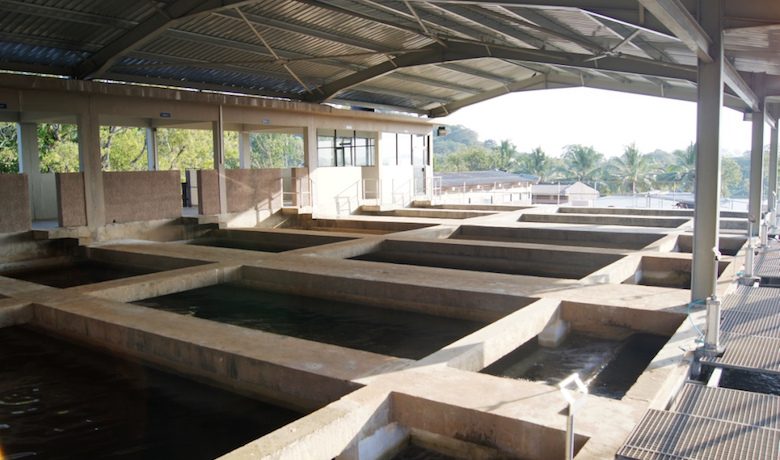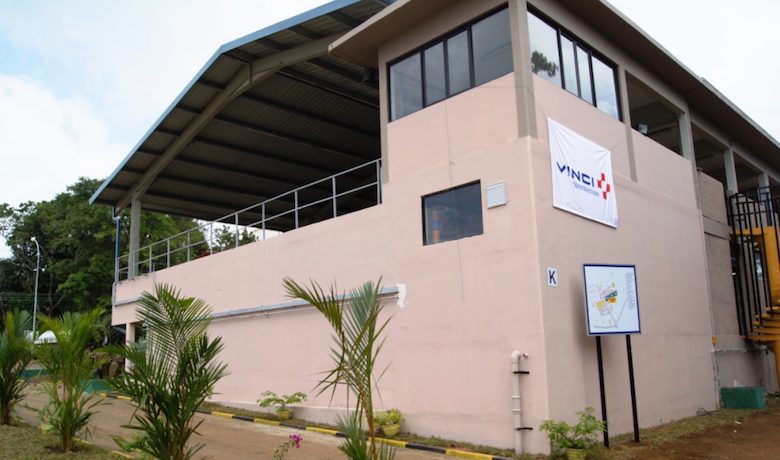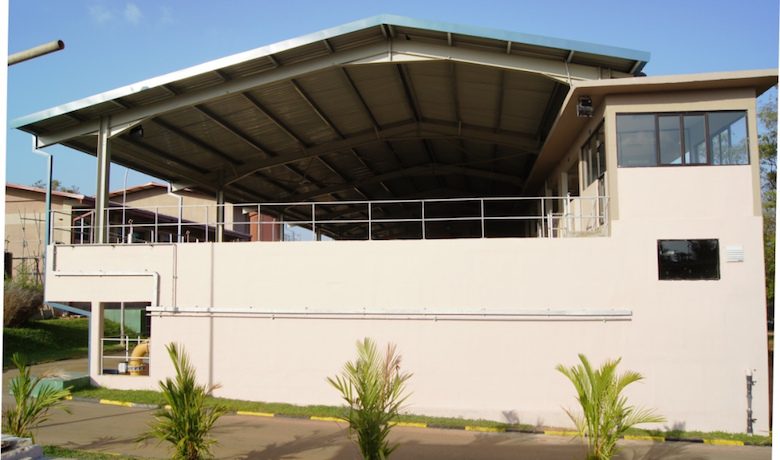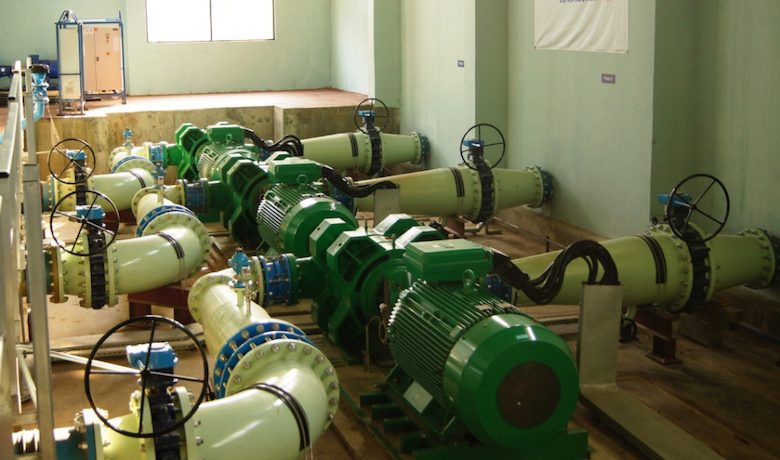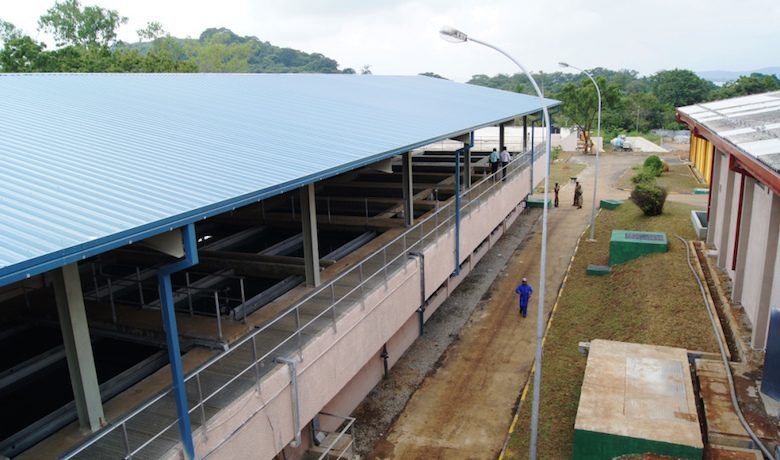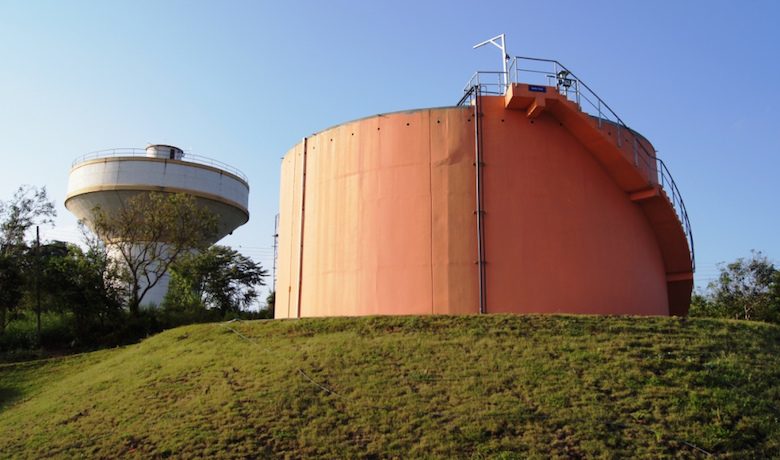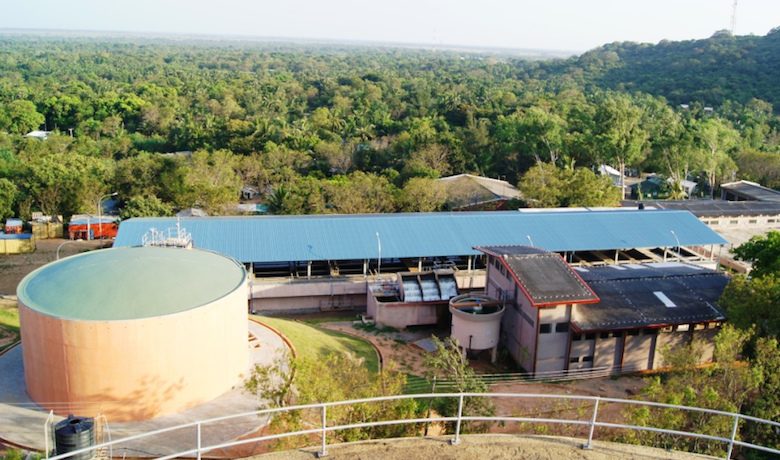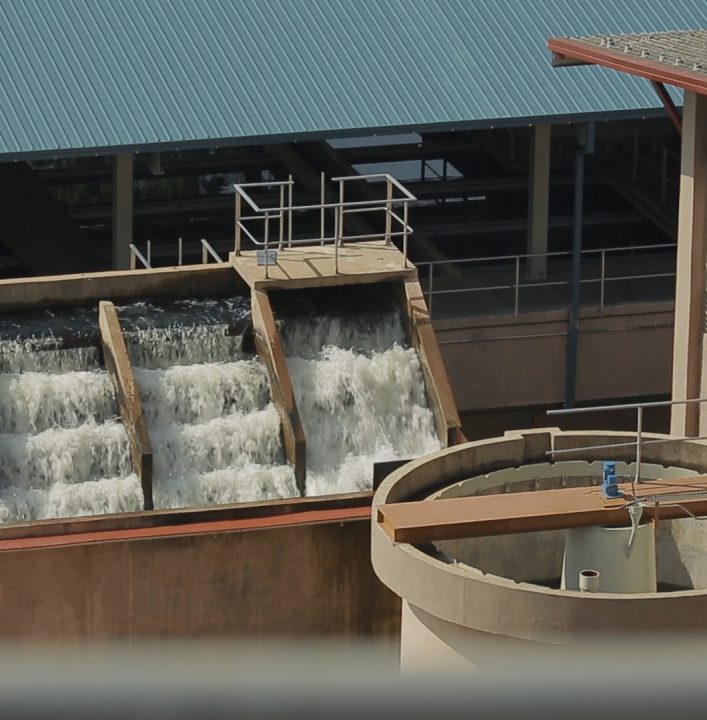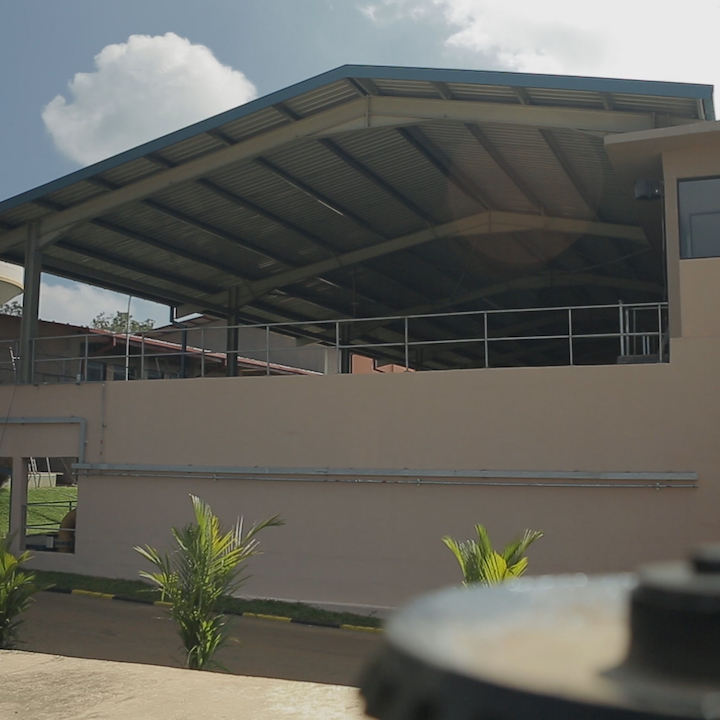TECHNICAL OVERVIEW
Meticulous scheduling was required on this project so as to maintain existing services: we had to design, build, equip, and implement the new water treatment system before we could shut down the existing system for rehabilitation.
Accordingly, water shut-off had to be minimised both in terms of frequency and duration (no more than 24 hours at a time). This resulted in complex scheduling, in particular for the rehabilitation of pumping stations (removal of existing pumps and installation of new ones) and electrical systems. The rehabilitation of certain structures also required the implementation of complex temporary bypass and insulation systems (including, for example, cofferdams).
All equipment had to be tested and operated manually prior to the treatment plant’s shift to automatic mode.
Since project funding came from France, we had an obligation to favour plant supplies and equipment from France. This made for complex logistics, especially since the worksite was located seven hours from the capital city, Colombo. All equipment and material imports had to pass through the port of Colombo, then sent on by road. On average, equipment imports from France took two months to reach the worksite.
Finally, certain earthworks and concreting operations were made more challenging by the strong monsoons of 2010 and 2011.


